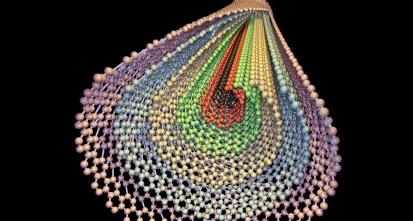Gain new perspectives for faster progress directly to your inbox.

Just over 10 years ago, a paper published in Nature asked, “is lithium the new gold?” This was based on the metal’s use in lithium-ion batteries (LIBs) coupled with uncertainties about reserves and demands. Today, ‘black mass,’ the metal rich material from the recycling of lithium-ion batteries could be the new “gold” of the lithium-ion market. In total, the global LIB market is worth USD 41 billion–with an expected increase to over USD 116 billion by 2030.
It is anticipated that in 2040, 58% of all cars sold worldwide will be electric cars–and the total amount of universal waste generated could be as much as 8 million tons. Despite this, only around 5% of LIBs are thought to be recycled globally with alarming implications for the environment and the earth’s mineral reserves.
As we explore in our white paper, this is because LIB recycling is limited by various factors, including the fluctuating financial values of battery materials, lack of technological convergence in battery designs and materials (and associated recycling labor costs), as well as within recycling plants. The lack of monetization of recycling benefits (including material security, safety, and environmental benefits), and absence of recycling regulations across much of the world also play a part.
Are we up for the lithium-ion battery recycling challenge?
The challenges of lithium-ion battery recycling come with substantial opportunities for growth. For instance, from the estimated 500,000 tons of batteries which could be recycled from global production in 2019, the following raw materials could be recovered: 15,000 tons of aluminum, 35,000 tons of phosphorus, 45,000 tons of copper, 60,000 tons of cobalt, 75,000 tons of lithium, and 90,000 tons of iron–offering material security and significant economic and environmental benefits.
As we discuss in our white paper, interest in lithium-ion battery recycling is understandably under rapid growth–evident by the soaring popularity of ‘black mass’ in general interest. The CAS Content Collection™ has enabled unique views into past journal and patent publications for lithium-ion battery recycling, identifying emerging trends in rechargeable batteries, repurposing of single-use materials, and projecting future opportunities ahead.
What lithium-ion battery recycling methods are used today?
In most cases, combinations of hydrometallurgical and pyrometallurgical methods are used to process LIBs, yet direct recycling is enjoying increased popularity (as we explore later). Hydrometallurgy uses solutions (primarily aqueous) to extract and separate metals from battery resources. Pyrometallurgy uses heat to convert the metal oxides used in battery materials to either metals or metal compounds. Direct recycling is the removal of cathode material for reuse or reconditioning.

Increasing research trends in the Li-cycle
While the global scientific publication volume has been steadily increasing in the past decade, we found that the annual volume growth in publications for the topic of Li -cycle (32%) far exceeds that of overall scientific publications (4% annually), suggesting an emerging interest.
Consistent with this, publications involving all three methods of LIB recycling have increased overall in the last decade and have grown significantly in recent years (Figure 2), with China in the lead with the highest volume by far both in journals and patents (roughly 90% of publications; Figure 3).
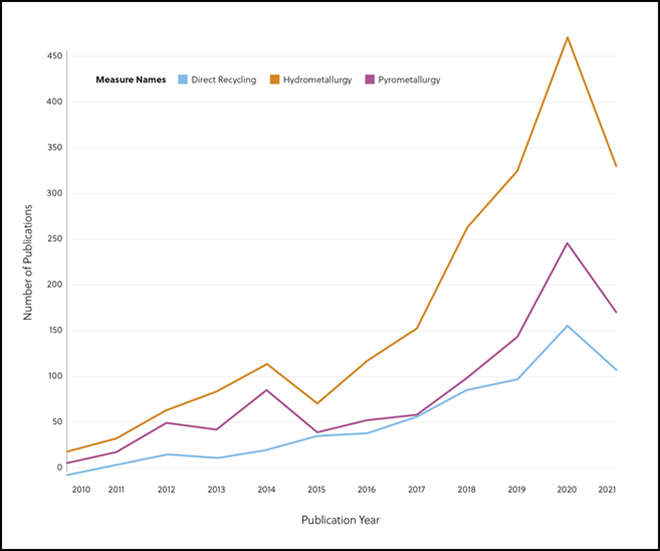
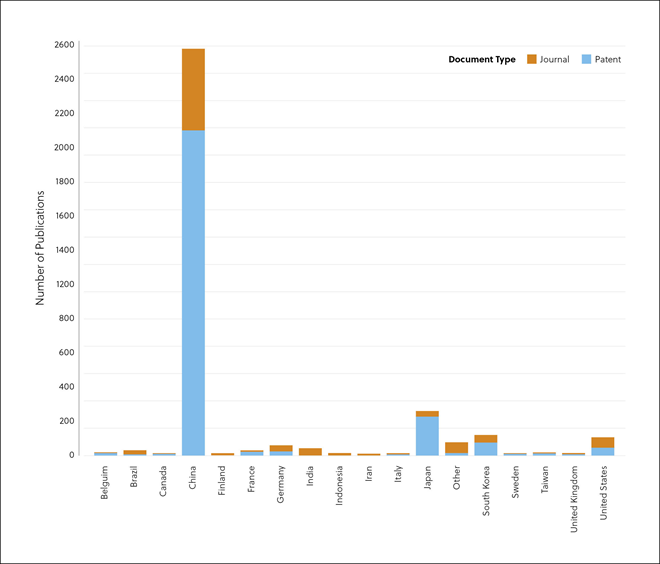
In terms of the specific processes used, hydrometallurgy has outgrown pyrometallurgy considerably after 2015, and, encouragingly, direct material recycling has also seen substantial recent growth (Figure 2). Considerable research effort has also been made towards previously lesser-studied LIB components (suggestive of an emerging, more holistic recycling management view) and towards LIB disassembly (Figure 4). This is preferable because it maximizes the amount of recyclable material.
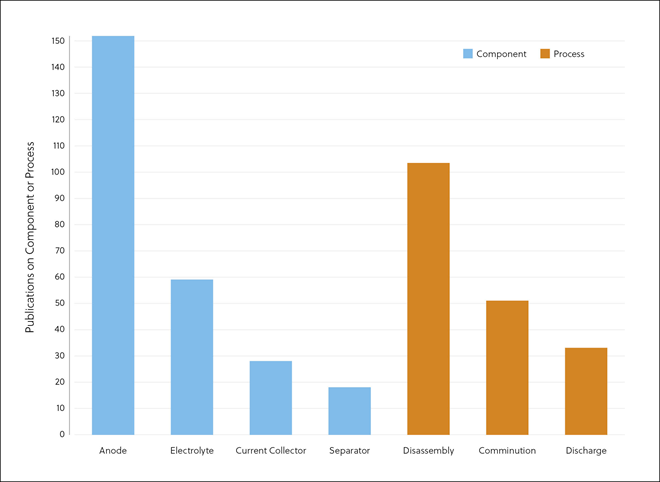
Battery recycling capacity around the world
Current LIB recycling capacity is concentrated in East Asia, with China possessing more than half of the world’s current recycling capacity–Europe possesses most of the remaining LIB recycling capacity (Figure 5). Proposed LIB recycling facilities will increase recycling capacities by approximately 25%, with most of the defined new capacity concentrated in North America. The location of current recycling capacity is consistent with the effect of LIB recycling regulations, while the location of future capacity is more consistent with economic motivations.
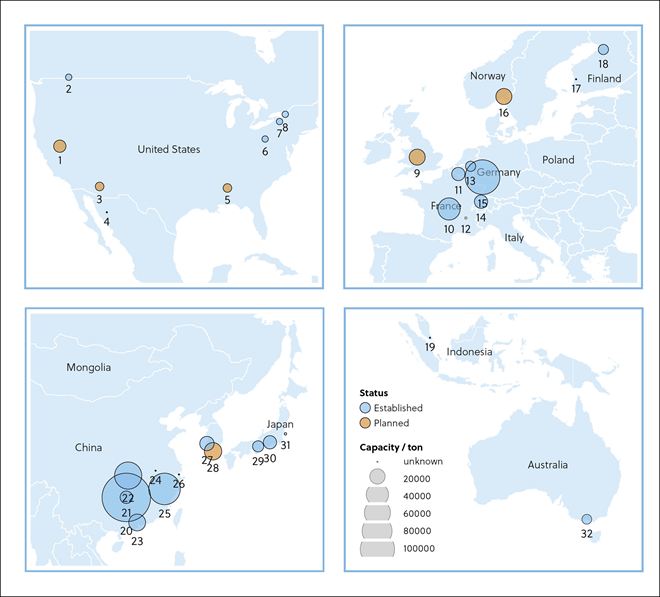
Lithium-ion battery recycling regulations around the world
Overall, lithium-ion battery recycling regulations are increasing; many countries fund research into recycling methods, and a variety of countries have lithium-ion battery recycling laws, with China and the European Union having or enacting comprehensive regulatory frameworks for LIB recycling. Coupled with the increasing interest in lithium-ion battery recycling management, these findings are encouraging for the future as the world’s use of lithium-ion battery continues to grow (e.g., electric vehicles, cell phones).
Read our CAS Insights Report for an overview of the trends in lithium-ion battery recycling research, where we assess the global regulations and economic benefits, and provide insights into the current and future state of LIB recycling globally.

